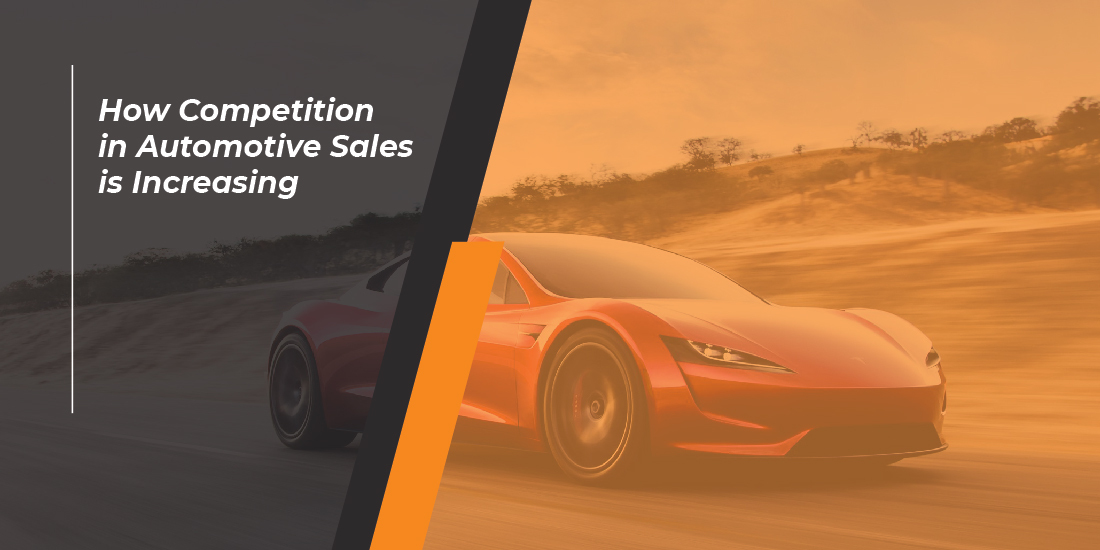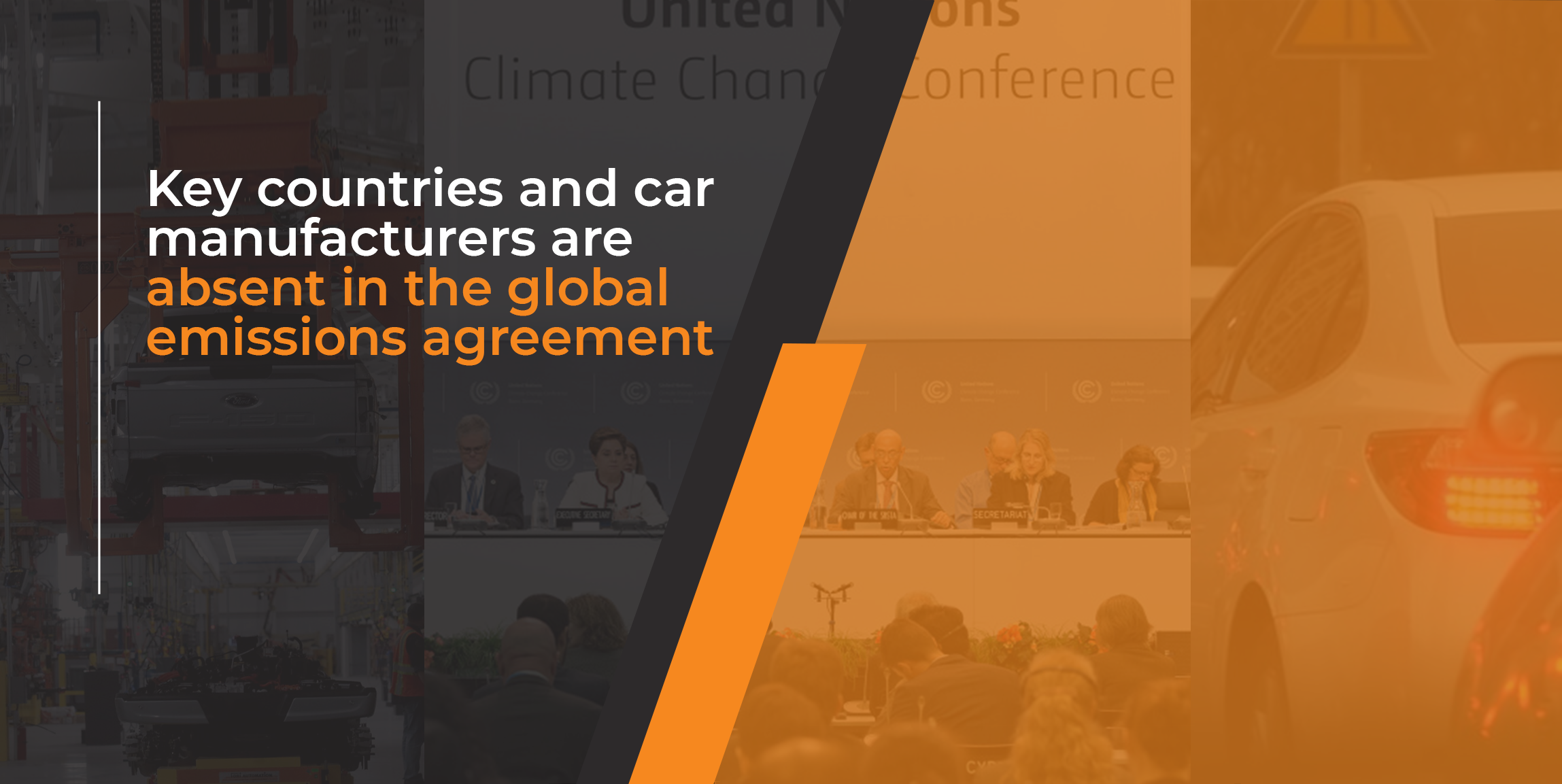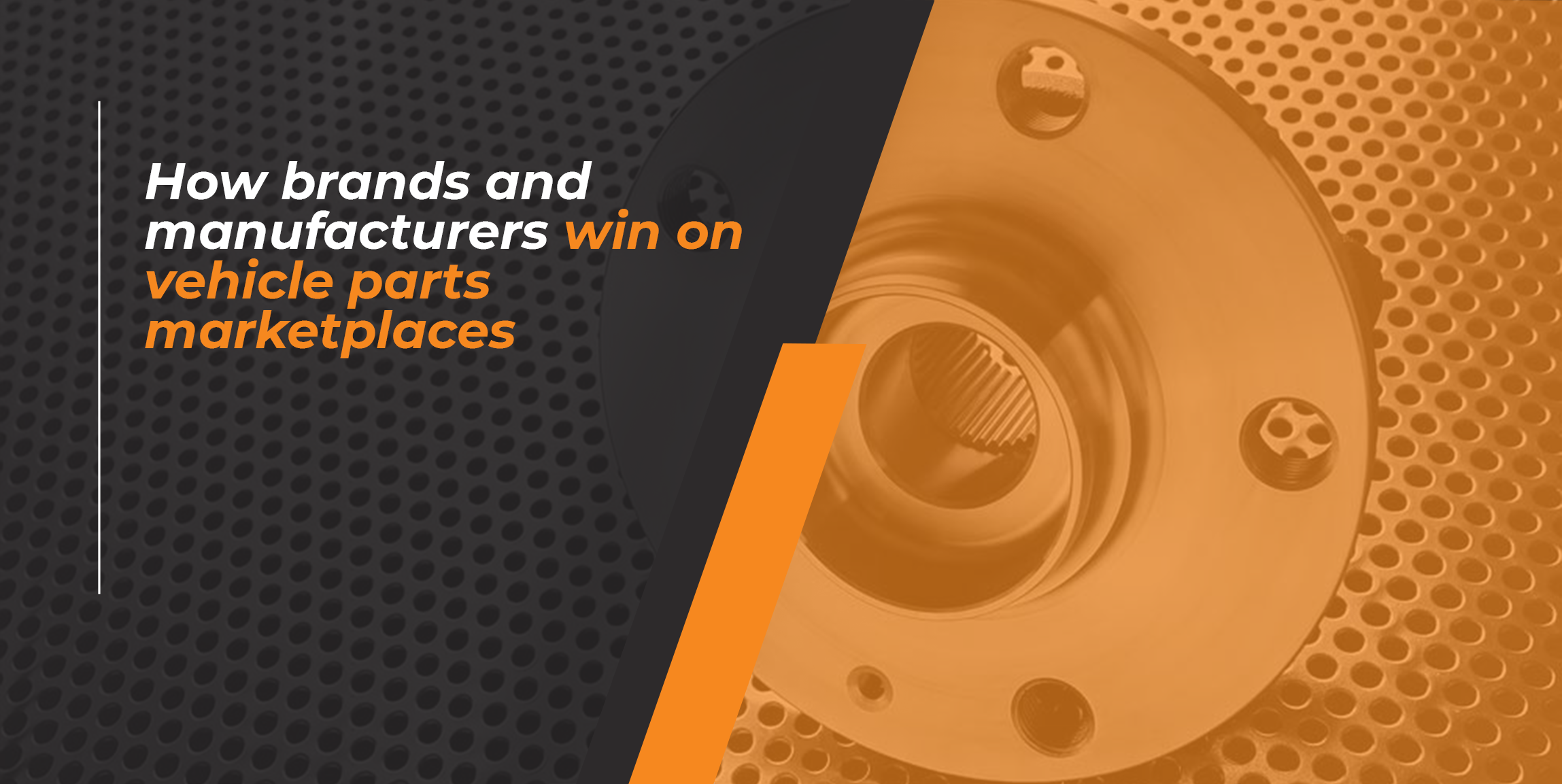
“Sustainable development” and “climate neutrality”; these phrases will determine the future of the automotive industry. But doesn’t the future deprive us of choice?
We are talking about the future of the automotive industry, which, although directly related to electric cars (check our blog posts “Eco Treats for the Aftermarket” and “Aftermarket vehicle hybridisation”), is entirely dependent on something that is not widely understood. We are talking about “sustainable development” and “climate neutrality”, which will allow the car industry to keep its promises from Paris and Glasgow, turning cars and their production into environmentally friendly products and processes.
The period 2040-2050 is not that far ahead, as the cycle from the idea of creating a car to recycling it is exactly 20 years.
In the last month, BMW has received some criticism for refusing to sign the Glasgow declaration, especially since it bears the signature of Mercedes-Benz. There is one small detail here and it lies in the fact that Mercedes will abandon cars with internal combustion engines in markets that allow it. BMW has openly stated that it does not agree with abandoning internal combustion engines for the time being because it sees the conventional car as a means of reducing emissions.
Moreover, the world is still far from building such a charging infrastructure to allow this. It is enough to look at countries such as Italy, Portugal, Spain (we will not even talk about the eastern part of Europe), where they are, to put it mildly, unprepared for the mass entry of electric cars.
But BMW agreed with COP26’s decision in Glasgow (check our blog post “How COP26 Decisions Affect the Automotive Sector” ) to limit global warming to 1.5 degrees Celsius. To accelerate CO2 reduction, the focus is on the car use phase, which accounts for more than 70% of the BMW Group’s largest share of the global CO2 balance. By 2030, CO2 emissions per car per kilometer will be reduced by at least 50% compared to 2019. But that’s not all. The plan of the Bavarians is to reduce CO2 emissions by as much as 80% in the production phase (again compared to 2019).
Finally, at least a 20% reduction in harmful emissions in the supply chain is being pursued, and this chain amounts to about 50 billion euros a year in parts and raw materials. All these percentages aim to make BMW the cleanest brand in the world, taking into account the entire life cycle of the car (from the supply of parts and raw materials to its recycling). Here we should make a comment for the army of loyal followers of Elon Musk. His Tesla considers the “cleanliness” of its cars from production onwards, not including suppliers.
The middle of the century seems too far in time for anyone to think about it right now. But BMW is committed to the goal of complete climate neutrality throughout the value chain by 2050 at the latest.
Why don’t we abandon the internal combustion engine?
“We’ll abandon internal combustion engines when something better is invented to replace them, just like we abandoned steam engines and horse buggies. Those that wish to continue to use internal combustion engines will be allowed to do so, people still use horse buggies and operate steam engines after all,” Bennett Eberle shared on Quora.
Simply increasing the number of electric cars on the road does not automatically lead to climate-friendly mobility. It is crucial to reduce the use of primary materials and the associated environmentally harmful extraction of raw materials and their frequent recycling, often associated with high energy consumption and high CO2 emissions – especially when it comes to car production, one of the world’s most resource-intensive industries. For reference, we should say that in 2017 humanity for the first time consumed more than 100 billion tons of raw materials in one year (check our blog post “Are metals the new oil?” )!
“Circular economy” and the use of secondary materials
A Volvo study angered fans of electric cars: “e-car production is 70% dirtier than a conventional car”. Volvo’s study, which overlaps with many other similar studies, concludes that electric models are much more environmentally friendly throughout their life cycle. But the production of an electric car is much dirtier than that of its conventional counterpart, with the production of the battery itself being the dirtiest (check our blog post “What Are the Clouds that Make Up the Automotive Storm?” ).
A report by the American Environmental Protection Agency (EPA) says that the levels of harmful emissions from cars are the lowest ever measured. Another interesting study by the British agency Juniper Research concluded that in 2026 the figure of 1.5 billion charging cycles of electric cars in the world will be reached. The agency currently estimates that we’re at 200 million cycles, so that’s an increase of 665% over the next five years. In 2026, a total of 70% of charging cycles will take place at home. The agency believes that the next “battlefield” will be the construction of fast charging stations.
To find out more about the automotive aftermarket, or for a no-obligation introductory discussion, please contact us.
automotive
More from us





















































